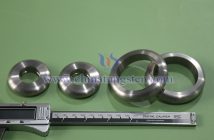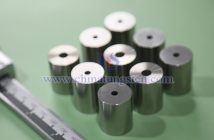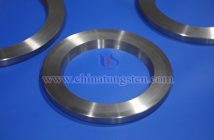Molybdenum sheet is characterized by a high melting point, good thermal stability, strong corrosion resistance, strong oxidation resistance, and excellent thermal and electrical conductivity, making it widely used in high-end fields such as aerospace, semiconductors, and energy chemicals.
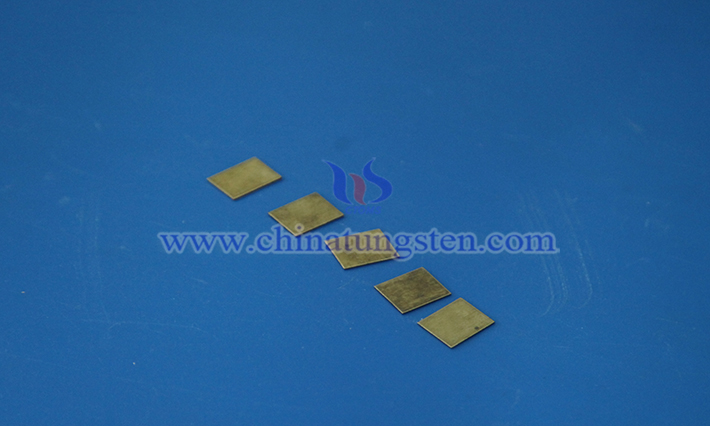
Powder metallurgy is one of the key processes for producing molybdenum sheet. This method involves using molybdenum metal powder as a raw material, shaping it, and sintering it to manufacture molybdenum sheet.
Production Steps of Powder Metallurgy:
Preparation of Molybdenum Powder: High-purity molybdenum powder is obtained through molybdenum powder reduction.
Mold Pressing: The molybdenum powder is pressed into plate-like green compacts of a specific thickness in a mold, suitable for small to medium-sized specifications.
Presintering: The green compacts are initially sintered in a hydrogen-protected environment at a higher temperature to enhance strength for subsequent processing.
High-Temperature Sintering: The temperature is increased, and atomic diffusion raises the relative density of the compact to over 95%, yielding a rollable sintered blank.
Plastic Processing: The sintered blank undergoes hot rolling to shape it and multiple passes of cold rolling to achieve the desired thickness. Annealing is performed during cold rolling to eliminate work hardening.
Hot Rolling: This involves rolling above the metal's recrystallization temperature, featuring low energy consumption, good plasticity, low deformation resistance, and minimal work hardening.
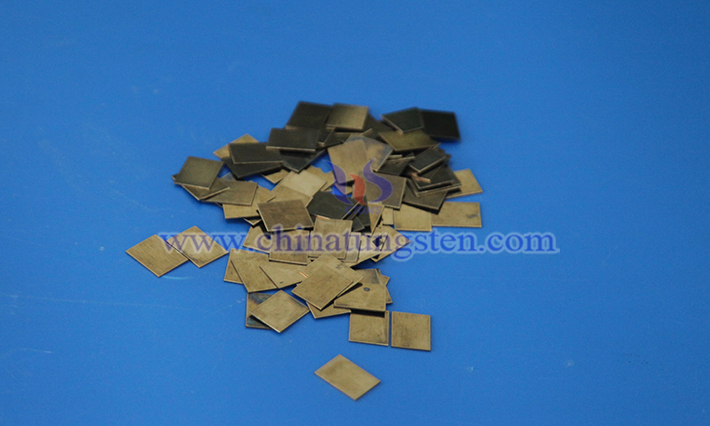
Cold Rolling: This process involves working hot-rolled sheets at room temperature.
Advantages of Powder Metallurgy:
High material utilization rate.
Uniform composition after mixing, pressing, and sintering of molybdenum powder, avoiding segregation issues common in traditional melting, ensuring high consistency in properties.
Strong process flexibility, allowing control of density, grain size, and mechanical properties by adjusting powder particle size, sintering temperature, and rolling techniques.
Disadvantages of Powder Metallurgy:
Long production cycle, involving complex steps such as powder preparation, mold pressing, multi-stage sintering, multiple rolling passes, and intermediate annealing.
High mold costs, with significant challenges in processing high-precision molds, which are prone to wear and costly to maintain or replace.

